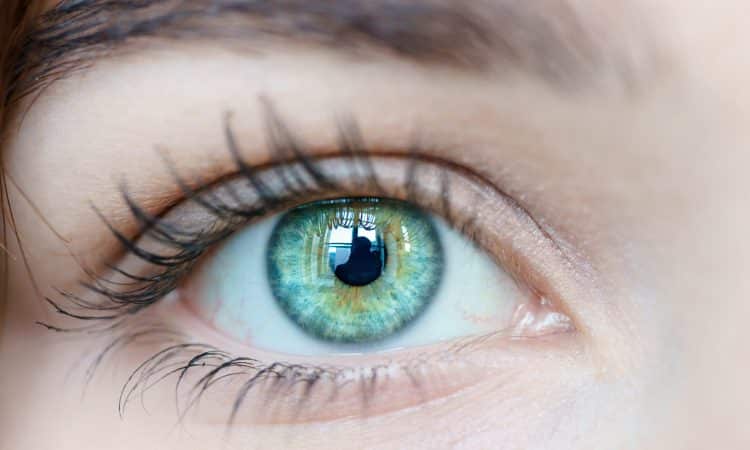
A gene therapy developed by scientists at the University of Florida (USA) restored the sight of most patients with the rare hereditary blindness known as Leber congenital amaurosis type I, or LCA1, in a study.
Those who received the highest dose of gene therapy saw up to a 10,000-fold improvement in their sensitivity to light, could read more lines on an eye chart, and improved their ability to navigate a standardized maze. For many patients, it was like finally turning on the dim lights after years of trying to navigate their homes in the dark, researchers said.
The study also tested the safety profile of the treatment. Side effects were mostly limited to minor surgical complications.
The gene therapy itself caused mild inflammation that was treated with steroids, he writes.
“This is the first time someone with LCA1 has ever been treated, and we’ve shown a very clean safety profile and we’ve also shown efficacy. These results pave the way for the therapy to be advanced into a phase 3 clinical trial and eventually commercialized,” said Shannon Boye, Ph.D., chief of UF’s Division of Cellular and Molecular Therapy, co-author of the study.
The gene therapy itself caused mild inflammation
“Atsena is excited to advance the seminal work that Shannon and Sanford Boye developed in their laboratory many years ago, and excited that 12-month data from our ongoing clinical trial has been published in a prestigious medical journal,” said Kenji Fujita, MD, chief medical officer of Atsena Therapeutics and co-author of the study.
LCA1. Only about 3,000 people suffer from the condition in both Europe and the US. The disease is caused by having two defective copies of the GUCY2D gene, which is needed for the light-sensitive cells in the eye to function properly.
People with this disease tend to have severe visual impairments, making it difficult or impossible to drive, read, or visually navigate the world.
Shannon Boye has been developing gene therapy targeting LCA1 for more than 20 years, since enrolling as a graduate student at UF in 2001.
In collaboration with her husband, Sanford Boye, Shannon Boye’s lab developed the virus-based delivery system that is essential for delivering functional copies of the GUCY2D gene to the correct cells in the eye. The Boyes founded Atsena Therapeutics in 2019 to bring the LCA1 treatment and other gene therapies to market.
Vision improvements for at least five years
“Most pharmaceutical companies are not interested in because they are not strong revenue generators,” said Sanford Boye. “But we think these patients deserve attention, because we have treatments that work and provide really meaningful improvements to their quality of life.”
The study enrolled 15 subjects for treatment at the University of Pennsylvania or Oregon Health and Science University. Subjects received one of three different doses of treatment to identify the safest and most effective dose for future studies. All patients received the treatment in one eye, which involved a surgical injection into the retina.
The researchers followed the patients for a year to test their vision in the treated eye compared to the untreated eye. Subjects who received higher doses had more improvement in their vision.
Researchers expect gene therapy to last indefinitely, requiring only a single . To date, they have seen improvements in vision for at least five years.

